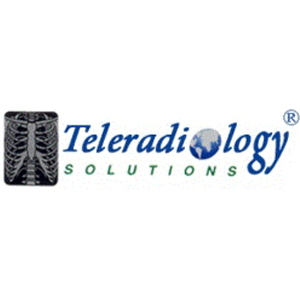INTRODUCTION
Tetrology of Fallot (TOF) comprises 3.9% of congenital heart disease,[1] of which approximately 5–10% have pulmonary atresia (PA) with ventricular septal defect (VSD). Two-thirds of the cases with PA are associated with major aorto pulmonary collateral arteries (MAPCAs).[2] Survival rate without surgery can be as low as 50% at 1 year of age and 8% at 10 years.[3] TOF, PA with MAPCAs is a complex congenital cardiac anomaly and one of the most challenging groups to manage surgically. Earlier, these patients were treated with multistage unifocalization of MAPCAs through thoracotomies, followed by final repair via median sternotomy.[4–6] An aggressive approach involving single-stage complete unifocalization and complete repair through median sternotomy is described by Reddy et al.[7] and by us.[8] The surgical treatment for this malformation is evolving and no standard protocols have been described.
In this article, we present our surgical experience (both from Madras Medical Mission, Chennai, and Innova Children’s Heart Hospital, Hyderabad) with single-stage complete unifocalization and repair, and discuss the challenges and controversies associated with the management of this difficult subset.
Link for publication: https://www.ncbi.nlm.nih.gov/pmc/articles/PMC3017916/

